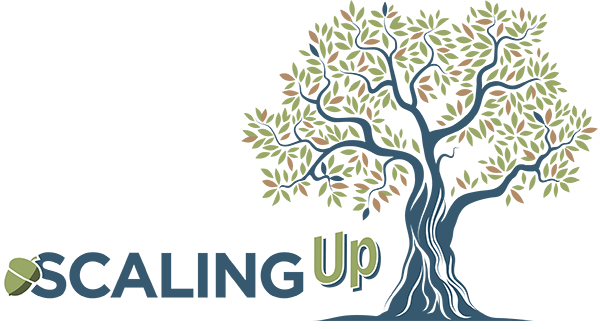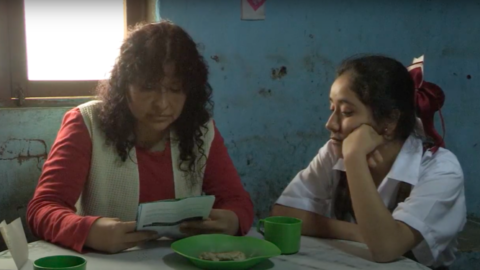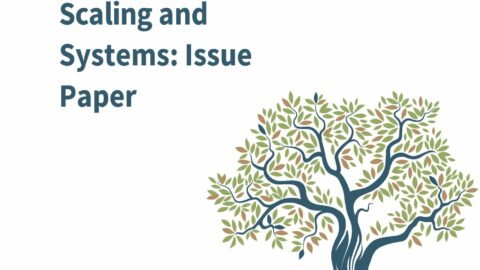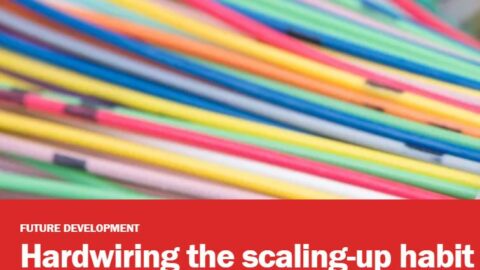By: Marcus Manuel (m.manuel@odi.org.uk) and Clare Manuel, ODI
Summary
Forthcoming ODI research shows that the new, mainly government-funded, Sierra Leone Legal Aid Board has scaled up community-based justice advice and assistance by a factor of 10 and has done so affordably, reducing unit costs by a factor of at least 5 compared to previous foundation and donor-supported programmes. The Board was created in 2015 and now deploys paralegals across the country. ODI estimate it is meeting one third of the demand for justice advice and assistance.
Detail
The 20-year-long story behind the development of the Sierra Leone Legal Aid Board provides a vivid illustration of how the provision of legal advice and assistance has developed. The Board was the first to be established in a LIC and is now the largest legal aid institution in the country, employing 60 paralegals with offices in every district. Since 2016, the Board reports handling 60,000 cases a year. It is regarded by the public as the best performing legal institution by far: 47% of the population rate its performance as excellent (with the next best institution only scoring 10%). Most of its funding is from the government.
The genesis of the Board lay in an initiative by the Open Society Foundation (OSF) in 2002 to support transitional justice in Sierra Leone. When they shared experience from Street Law and Black Sash in South Africa, this sparked the interest of local CSOs in Sierra Leone as lack of access to justice was one of the drivers of conflict there. This led to the creation of a new local CSO ‘Timap’ that deployed community-based paralegals. Inspired by the 2005 Commission on Legal Empowerment of the Poor, OSF scaled up its support to Timap in 2005. In 2009 OSF and DFID led a group of foundations, bilateral donors, international CSOs and multilateral institutions to support the piloting of national legal aid provision and the scaling up of Timap and other local CSOs to provide community-based paralegals. In 2010 this coalition of local CSOs were employing 76 paralegals and covering two-thirds of the districts, and by 2013 were handling 4,300 cases a year. While this is an impressive achievement, our methodology suggests that justice needs would have been 138,000 a year in 2013, implying the CSOs were covering only 3% of estimated demand. Our preliminary analysis of the latest legal needs survey by the World Justice Project (WJP), suggests that justice needs might have been even higher and hence the coverage even less.
The establishment of the Sierra Leone Legal Aid Board appears to have been a potential game changer in terms of scale. The Board’s annual caseload of 60,000 is 14 times the number managed by the group of CSOs in 2013. Based on our original methodology and the latest population figures, we estimate the Board is covering a third of the total demand. Interestingly, our estimates match the Board’s own self- assessment. While Sierra Leone’s Legal Aid Act envisaged paralegals in all chiefdoms, the Board notes that it is has only been able to place paralegals in one-third of them.
The ability to scale up justice advice and assistance is linked to achieving realistic unit costs (see Barendrecht, 2020). Our research in Sierra Leone and Uganda on CSOs reveals the very wide variation in the high unit costs of community-level justice, depending on the service delivery model. The average (median) cost achieved by CSOs is $500 per client – this high cost in part reflects that fact that most organisations are trying to cover a wide range of activities, including advocacy as well as client support. A separate study on CSOs that focus more on supporting clients suggests unit costs of around $120–$150 per client (DFID, 2018). Such costs would rule out national scaling up.
One reason for these high unit costs is that organisations providing justice advice and assistance have never had enough funding to operate at national scale and so have not been designed to reach large numbers at a low cost. This is in part because it is only recently that legal needs surveys have enabled estimates of the scale of demand. Before this happened, neither the donors nor the organisations themselves were able to assess how many clients needed support.
Our research suggests that scaling up to a national level would enable unit costs in low-income contexts to be cut from the current estimate of $500 to just $20 per client, a reduction of 25 times. This estimate is based in part on earlier research on costings (LDP, 2015), which worked with Namati to review their plans in 2012 to scale up Timap in Sierra Leone to reach national coverage. More recently, two other examples from our research have confirmed that this level of costs is indeed achievable. First, our research found one innovative CSO using mobile phone technology to reach across their country, with costs as low as $19 per client (on a client base of 17,000). Secondly, as mentioned previously, the Sierra Leone Legal Aid Board has been consistently handling 60,000 cases over the last few years with average unit costs of $22 per client. A possible reason for this low-cost model may be the Board’s current focus on one type of case – child maintenance.
Source: Manuel and Manuel (forthcoming) and Manuel et al. (forthcoming), based in part on interviews in Sierra Leone. Part of this research was funded by the OSF.





